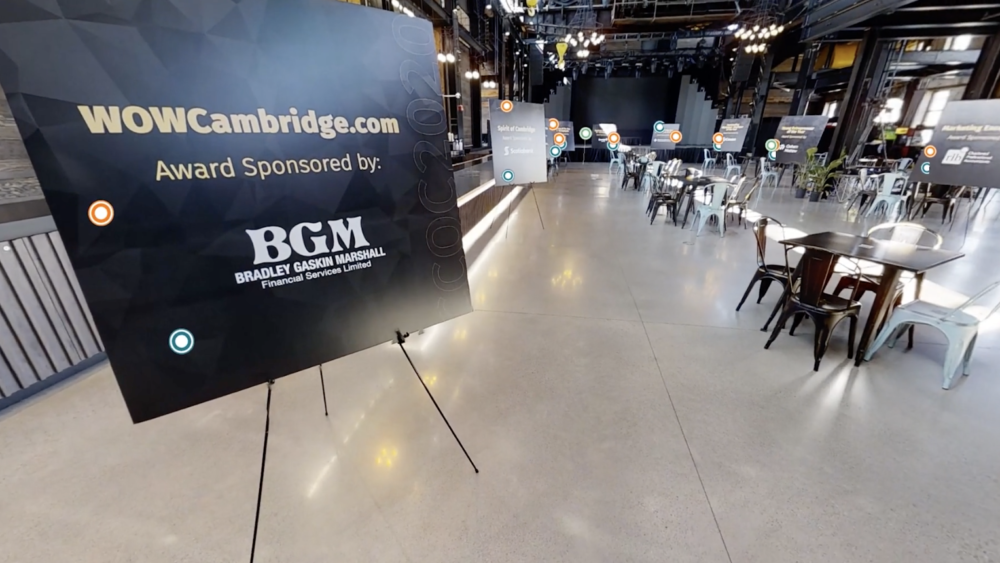A virtual event is an online gathering in which participants interact in a virtual space rather than a physical location. During the Covid-19 pandemic, virtual events have become commonplace as a way of keeping everyone safe.
For many years, companies have been looking at ways to reduce the high costs associated with hosting traditional physical events. Virtual events save money by eliminating expenditures such as catering, accommodations and venue rental. They are also scalable in that they are not limited by room size and can be accessed by multiple users across the globe. Other benefits include the fact that virtual events are almost entirely weatherproof and they are eco-friendly.
It’s no wonder then, that according to a recent event marketing survey, 93% of event marketers plan to invest in virtual events moving forward.
In today’s world of dispersed workforces, virtual events not only make sense—they are increasingly practical. Video can bridge the gap in communication and create authentic and engaging conversations both within an organization as well as with external participants. For B2Bs, virtual events can include the following:
- Webinars
- Demos
- Training
- Virtual trade shows
- Job fairs
- Interviews
- Team meetings
- Virtual networking
Passive vs. Interactive Engagement
Among organizations that have recently hosted virtual events, the most popular audience engagement techniques were discussions and Q & A sessions.
Although webinars often feature polls, surveys, and Q & A, the vast majority of interaction is passive. On the other hand, highly interactive virtual events feature communities where organizers, speakers, attendees and sponsors connect with one another for a much richer event experience, along with real opportunities for networking.
Uniform vs. Curated Content
Virtual events can be single-session webinars with a uniform experience for everyone, or they can have a multi-track agenda spanning several hours or days whereby attendees curate their own experience by choosing which sessions to attend.
The Customer Journey is Virtual
Since virtual event attendees can curate their own experience and interact beyond a single session, they are able to personalize their event experience just like in the physical word. Since these potential customers are already online, there is no need to re-engage with them like there is after in-person events. This allows the opportunity for you to learn about their preferences by analyzing their virtual journey and tracking their engagement. The resulting analytics can help you send more customized and appropriate follow-up messages to nurture potential sales leads beyond the conventional post-event email blast.
Choosing a Virtual Event Platform
One 2020 virtual event marketing statistic indicates that 89% of businesses using event technology save approximately 200 hours per year while 20% of businesses see savings of 360 hours or more per year.
There are many software programs—and dozens of available features—to accomplish the specific goals of your virtual event. The specific software you choose can be a game changer. To evaluate which one best serves your needs, you need to consider how each works from the point of view of organizers, speakers, attendees and sponsors. Regardless of your choice, the experience in running an event platform is invaluable.
MoreSALES is here to help manage your virtual event planning. To learn more, contact us today.





Comments are closed.